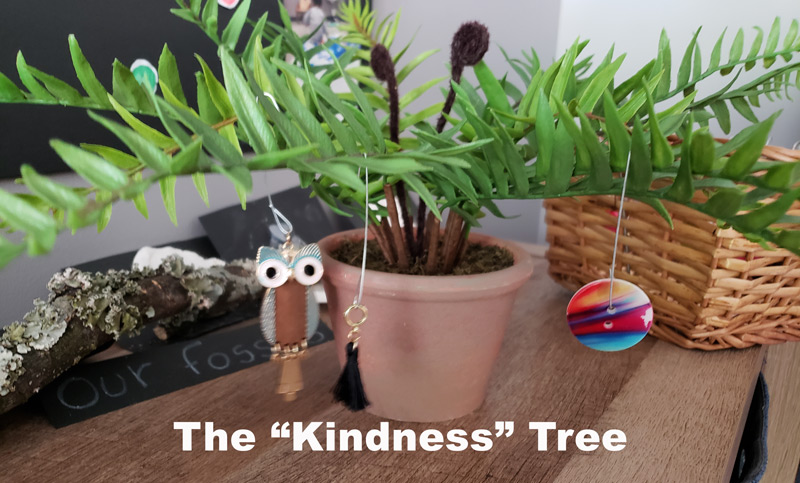Teaching Intentional Kindness
If you listen to the news or follow social media, you must come to the conclusion that meanness, contention, anger, and violence are at an all-time high in our country. Daily we hear about bullying, shootings, road rage, protests, and many other disturbing incidents. We don’t necessarily see these things in our homes or school or at work, but we hear about them nevertheless. And make no mistake, our children hear about them too. And it influences their behavior.

Teaching Children to Get Along with Others
Now more than ever, we need to educate our children about proper social skills. We want them to learn how to behave respectfully and kindly. We want them to get along with other people, and have emotional intelligence.
So how do we do this? Many times, the process goes something like this: Johnnie hits his sister and mother tells him he shouldn’t hit people. Maybe he is punished in some way for bad behavior. Susie calls Mary a name and the teacher tells her that isn’t nice and asks her to apologize. So, basically, teaching what is good or right usually comes after a negative incident. This is a sound and necessary teaching method, but it is not a pro-active one.
Learning Zone Uses Hands-on Methods
The core of our program is the C3Learning method, and that is learning by doing. Hands-on activities are at the center of everything we do at Learning Zone. So, it should be no surprise that the way we teach children to be kind is, well . . . by being kind. You can learn more about our hands-on learning approach by clicking this link.
Recognizing Kindness
At Learning Zone, we are also teaching the children to be “intentionally” kind. This is where the hands-on training really comes in. We are teaching them positive behavior such as helping, showing empathy, sharing, complimenting, etc. We talk about concrete ways to be kind to each other. This is where the pro-active teaching comes in.
Then, when a child does an act of kindness autonomously, he or she gets to pick out an ornament and hang it on the “kindness” tree that is in the classroom. This simple recognition creates a “culture of kindness” in the classroom. It’s a beautiful thing!
